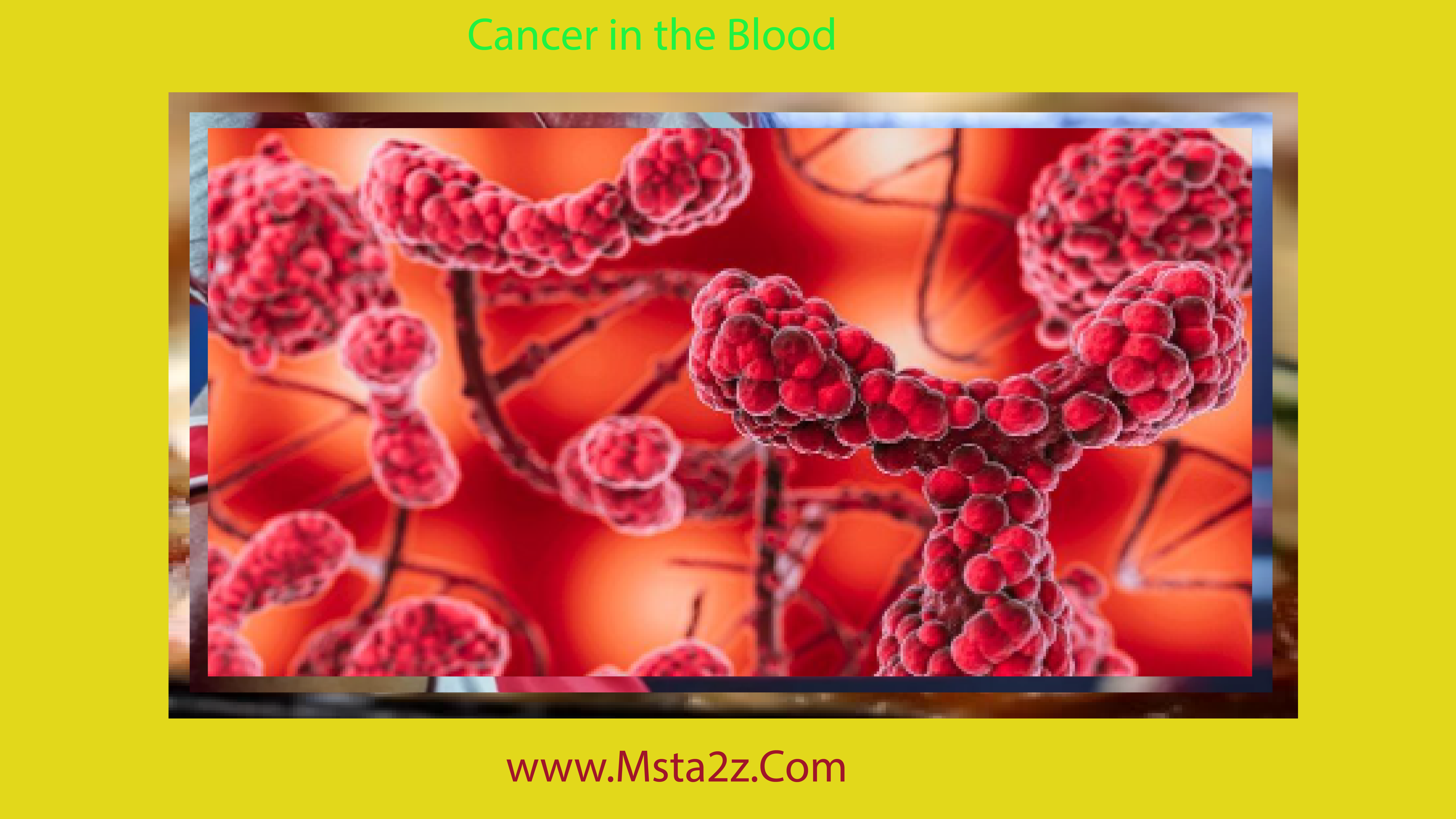Understanding Cancer in the Blood: A Deep Dive into Hematologic Malignancies
Millions of people worldwide are affected by cancer, which manifests itself in a variety of ways depending on the organ or tissue from which it originates. The term “cancer in the blood,” which refers to cancers that affect the blood cells or the bone marrow, is one of the more complicated types that receives less attention. Leukemia, lymphoma, and myeloma are examples of cancers that fall under the category of “hematologic malignancies.” ### What Is Blood-Based Cancer?
Cancer in the blood involves the abnormal growth of blood cells, often leading to an overproduction of one type of blood cell, or the inability of the blood cells to function properly. Unlike solid tumors that affect organs like the lungs, breast, or colon, blood cancers typically involve the bone marrow or the lymphatic system, where blood cells are made.
Cancer Horoscope: Insights into the Emotional and Nurturing Zodiac Sign
Blood cancers can be broken down into three broad categories:
1. Leukemia: This cancer affects the blood and bone marrow, leading to the uncontrolled production of abnormal white blood cells. Depending on how quickly the disease progresses, leukemia can be classified as either acute or chronic.
2. Lymphoma: The lymphatic system, which is a part of the body’s immune system, is where this kind of cancer starts. Lymphomas affect the lymph nodes and can spread to the bone marrow and blood as well as other parts of the body.
3. Myeloma: Multiple myeloma is a type of plasma cell cancer that affects the production of antibodies. The bone marrow is affected by this disease, which weakens the immune system and disrupts the normal production of blood cells. ### Risk Factors and Causes Researchers believe that a combination of genetic mutations, environmental factors, and lifestyle choices contribute to the development of blood cancers, though the exact cause is still unknown. Some key risk factors include:
- Genetic mutations: Certain inherited conditions and mutations in the DNA of blood cells can make individuals more prone to blood cancers.
- Age: Many blood cancers, particularly leukemia and lymphoma, tend to affect older adults, though some types are more common in children.
- Exposure to radiation: High doses of radiation, like those from nuclear accidents or certain cancer treatments, can make it more likely that a person will get blood cancer. –
- Weakened immune system: People with compromised immune systems, such as those with HIV/AIDS or those on immunosuppressive drugs, may be at higher risk for lymphoma and other blood cancers.
- Family history: A family history of blood cancer can raise a person’s risk, indicating a link between genes and the disease. ### Symptoms of Blood Cancer
Blood cancer symptoms can vary widely depending on the specific type and stage of cancer. However, some general symptoms to look out for include: - Fatigue: Feeling unusually tired or weak is a common symptom as blood cancer affects the body’s ability to produce healthy red blood cells.
- Unexplained weight loss: Rapid, unexplained weight loss may be a sign of leukemia, lymphoma, or myeloma.
- Frequent infections: Abnormal blood cells can compromise the immune system, making individuals more vulnerable to infections.
- Swollen lymph nodes: Lymphomas, in particular, may cause swelling in the lymph nodes, which can be felt in the neck, armpit, or groin.
- Bruising or bleeding: Leukemia, which involves a decrease in healthy platelets, can result in easy bruising, frequent nosebleeds, or bleeding gums.
- Bone pain:
- Myeloma can cause bone pain, especially in the spine, ribs, and pelvis.
### Diagnosis of Blood Cancer
Diagnosing cancer in the blood involves a combination of physical examinations, blood tests, imaging tests, and sometimes bone marrow biopsies. Some common diagnostic procedures include: - Complete Blood Count (CBC):
- This test measures the levels of red and white blood cells and platelets in the blood. A CBC that is abnormal may indicate blood cancer. – “Bone marrow biopsy”: This procedure involves taking a small amount of bone marrow to check for abnormal cell growth, which is essential for diagnosing blood cancers. –
- Flow cytometry:
- This test can help classify the cancer by identifying the type of cells in the blood or bone marrow. – Imaging tests: X-rays, computed tomography (CT) scans, and PET scans can be used to look for tumors, enlarged lymph nodes, and other signs of cancer. ### Options for Blood Cancer Treatment The type, stage, and patient’s overall health all play a role in the treatment of blood cancer. The following are typical treatments for hematologic cancers: –
- Chemotherapy: Powerful drugs are used to kill rapidly dividing cancer cells. Chemotherapy is often the first line of treatment for leukemia and lymphoma.
- Radiation therapy: High-energy radiation is used to destroy cancer cells or shrink tumors, especially in lymphoma.
- Stem cell transplant: Also known as a bone marrow transplant, this procedure involves replacing damaged or diseased bone marrow with healthy stem cells to regenerate normal blood cells.
- Targeted therapy: Targeted drugs work by identifying and attacking specific cancer cells without harming normal cells, offering a more precise treatment approach.
- Immunotherapy: This treatment targets cancer cells with the body’s immune system. It is becoming an increasingly important option for treating blood cancers like lymphoma.
- CAR-T cell therapy: This is an innovative treatment in which a patient’s own T cells are modified to better attack cancer cells, particularly useful for certain types of leukemia and lymphoma.
### Living with Blood Cancer
While a diagnosis of cancer in the blood can be overwhelming, advancements in treatment have dramatically improved survival rates for many patients. Early detection and personalized treatment plans have made it possible for many individuals to live full lives, even after a blood cancer diagnosis.
Support from family, friends, and support groups, alongside medical care, can help individuals navigate the emotional and physical challenges of blood cancer. Survivors often find strength in community, and many cancer centers offer specialized support services to help patients and their families cope with the impact of the disease.
### Conclusion
Cancer in the blood, or hematologic malignancies, encompasses a variety of cancers affecting the blood cells, bone marrow, or lymphatic system. While these cancers can be challenging to diagnose and treat, advances in medical research and treatments provide hope for many individuals. Whether through chemotherapy, stem cell transplants, or innovative immunotherapies, there is an ever-growing arsenal of options to fight blood cancers. The key to enhancing the lives of those afflicted by these kinds of cancers is prompt diagnosis, individualized treatment, and robust support networks. - Cervical Cancer: What You Need to Know for Your Health


Pingback: Cancer Horoscope Insights into the Emotional and Nurturing Zodiac Sign - Msta2z